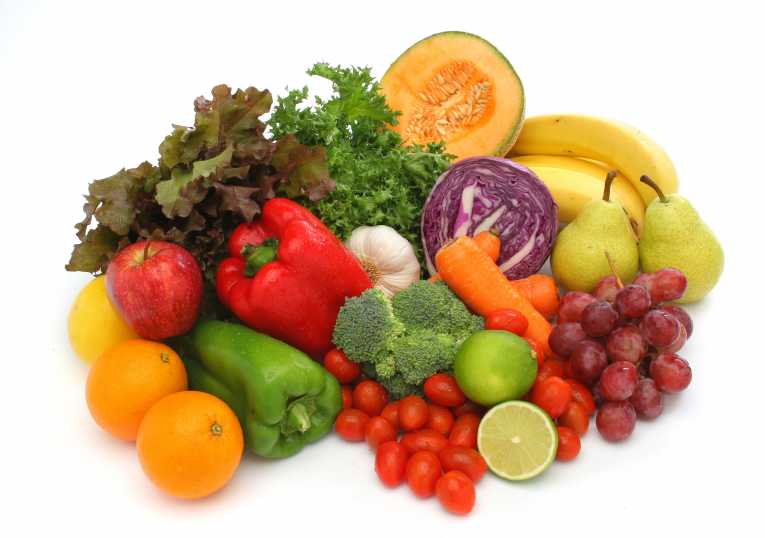In the current era of globalisation, society has become increasingly dependent on the movement of goods, people and services on spatial scales that go beyond political and geographical boundaries. The transport of fresh products for consumption is probably one of the most important, with a typical meal possibly including produce from as many as twenty different species from all world centres of the cultivated plant diversity. Nonetheless, these transfers also offer a pathway for the movement of organisms across countries and continents around the globe.
An article currently in press on Biological Conservation looks at the risk of biological invasion with fresh produce in the Antarctic region. Probably as a consequence of the hostile environmental conditions and its relative isolation, this part of the globe has for long remained largely neglected and Antarctica is today still considered the least invaded continent. However, with an exponentially increasing population of tourists and researchers, the Antarctic region is currently at increasing risk of non-native species introductions.
During this study, researchers carried out fresh food examination in nine research stations spread in Antarctica and the sub-Antarctic islands. More than 11,000, from a total of fifty-one varieties of fruit and vegetables (apples, bananas, broccoli, cabbage, capsicums, carrots, cauliflowers, cucumbers, eggs, garlic, ginger, grapefruit, grapes, leeks, potatoes, thyme, tomatoes, etc.) were examined for associated soil, invertebrates and microbial decomposition.
From this cohort, small quantities of soil were found on twelve per cent of the items surveyed. Fifty-six invertebrates, ranging from butterflies and caterpillars to aphids, beetles, flies, thrips, spiders, snails and slugs, were also discovered. Many of these were still alive. From the surveyed fruit and veg, approximately twenty eight per cent had visible microbial infection and a total of nineteen different species of fungi.
By taking a small portion of fresh produce delivered to the Antarctic region, this study presents the real risk of alien species transfer through this pathway. And with the current trends of climate warming, alien species may find start finding it less hostile to establish new populations within this new environment.
It is a very well known fact that, as our population grows and spreads, humans have been introducing, both intentionally and non-intentionally, species into new areas. And while in several occasions these 'alien' species may not survive in the new environment, there are many examples worldwide of instances when these species replace, compete with, or prey on native species, modify the habitat or may even become a major agricultural pest in the newly established area.










